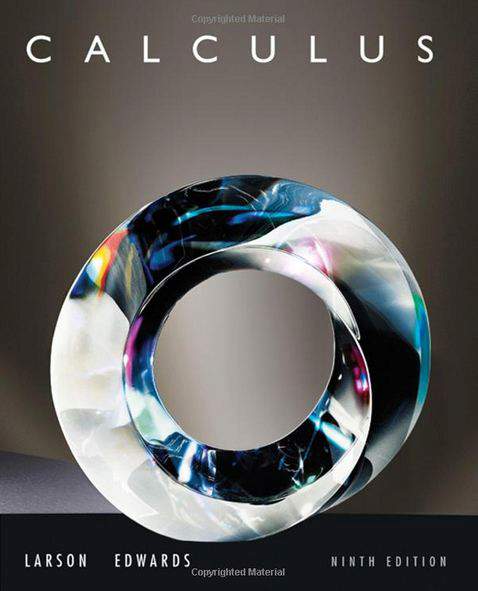Connecting...

This is a quick preview of the lesson. For full access, please Log In or Sign up.
For more information, please see full course syllabus of College Calculus: Level II
For more information, please see full course syllabus of College Calculus: Level II
College Calculus: Level II Integration of Trigonometric Functions
Lecture Description
In this lesson we are going to talk about Integration of Trigonometric Functions. The prototypical examples of these integrals is: we will have an integral and some power of sine and some power of cosine. The important thing to focus on here is what those powers are. We want one of those powers to be odd. Important thing is to find one of those numbers and to make it the odd. If they are both odd, we can just pick one. The one that is odd, what we do with it, is we are going to make a substitution and let U be the other one. Check the video for further steps.
Bookmark & Share
Embed
Share this knowledge with your friends!
Copy & Paste this embed code into your website’s HTML
Please ensure that your website editor is in text mode when you paste the code.(In Wordpress, the mode button is on the top right corner.)
×
Since this lesson is not free, only the preview will appear on your website.
- - Allow users to view the embedded video in full-size.
Next Lecture
Previous Lecture










































 Answer Engine
Answer Engine








1 answer
Tue May 13, 2014 4:53 PM
Post by Ying Gao on May 10, 2014
Hi Professor Murray, for the last Additional problem question, I was wondering if when we integrate and distribute - integral (secx (sec^2x -1)dx), why didn't we get -integral sec^3xdx MINUS integral secxdx instead of -integral sec^3xdx PLUS integral secxdx ? I thought the negative sign distributes to both parts?
2 answers
Tue Jan 7, 2014 11:25 AM
Post by Fadel Hanoun on December 19, 2013
For Part one, why can't we say "let u= the even one"?
2 answers
Fri Jun 21, 2013 6:24 PM
Post by Ali Momeni on June 20, 2013
Prof. Murray,
When you took the integral of 1/8 Integral (1-cos 4x) dx did you forget to switch the signs? Should it have been 1/8(x + 1/4 sin (4x) + C ?
Thank you for the excellent lesson otherwise
1 answer
Tue May 28, 2013 7:05 PM
Post by William Dawson on May 22, 2013
I said 'almost' ;p
1 answer
Tue May 28, 2013 7:05 PM
Post by William Dawson on May 22, 2013
God, you make me almost want to ignore the integral tables, lol!
1 answer
Thu Apr 18, 2013 11:29 AM
Post by Dr. William Murray on October 22, 2012
Wow, thanks Paula! That's really nice to hear.
Good luck with the calculus!
Will Murray
1 answer
Thu Apr 18, 2013 11:30 AM
Post by Paula Hoggard on October 20, 2012
You are an excellent teacher
1 answer
Thu Apr 18, 2013 11:32 AM
Post by Riley Argue on June 3, 2012
This video plays correctly.
1 answer
Thu Apr 18, 2013 11:31 AM
Post by Riley Argue on June 3, 2012
This video covered everything.